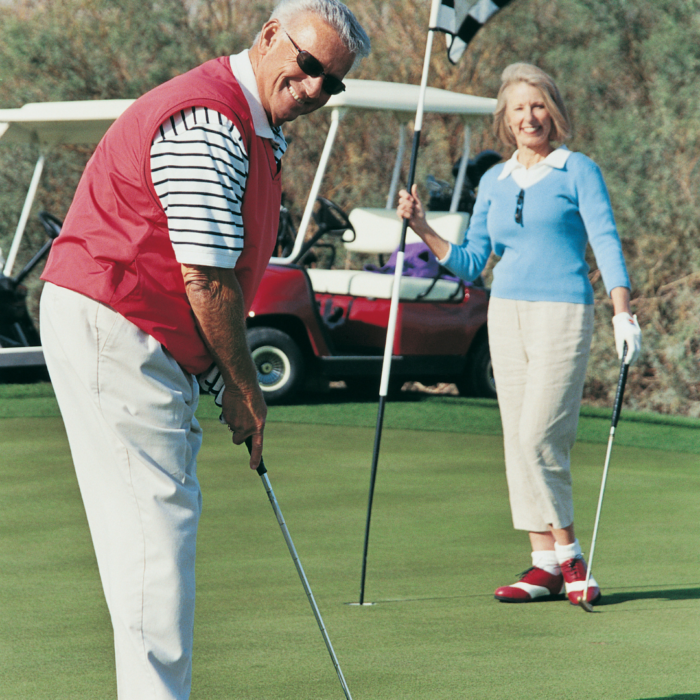Importance of Exercise as we age
Another year older means another year wiser, but unfortunately, getting older also means our bodies can undergo many changes. While physical decline is normal with ageing, a lack of physical activity and exercise can further contribute to this decline. These include: reduced muscle and bone strength, reduced balance, reduced joint flexibility, reduced cardiovascular and respiratory function, and increased body fat and blood pressure. There can also be an increased susceptibility to anxiety, depression, cardiovascular disease, and stroke risk.
Benefits of Exercise as we age
The World Health Organisation’s recommendation for physical activity in older people is 150 minutes per week of moderate-intensity exercise. This equates to about 30 minutes of exercise 5 days per week. The exercise recommendations include a mix of aerobic, strength, and balance exercises.
Strength training can help to increase muscle mass and improve bone and joint health. Both strength training and aerobic exercise can also help to improve cardiorespiratory fitness and reduce body fat. Together with balance exercise, participation in physical activity and exercise can contribute to reducing falls, improving quality of life, and maintaining independence with daily activities, walking, and personal care.
Despite these health benefits of maintaining exercise as we age, approximately one in four adults worldwide does not meet the recommended 150 minutes per week of exercise and physical activity. In Australia, only 1 in 10 over the age of 50 are found to exercise enough to gain any cardiovascular benefit.
Why is this the case?
Let’s explore some of the common misconceptions that might be preventing older people from meeting these guidelines.
Debunking Myths of Exercise as we age
“I am very active at home and always on my feet, so I do not have to exercise”. The recommended 150 minutes/week of physical activity is in addition to routine activities of daily living like self-care, cooking, and shopping.
“Exercise is dangerous for older people”. While it is true that not all exercises are appropriate for everyone, exercise is safe when done properly and within a person’s physical capacity. The WHO guidelines state that older adults with chronic conditions that limit exercise participation should be as active as their ability and conditions allow. Pre-exercise screening can also be done by your GP or physio to assess what exercise suits you.
“I can’t afford to go to the gym”. Many forms of exercise can safely be done at home without expensive machines or pieces of equipment.
“I don’t have time to exercise”. Incorporate incidental exercise into a daily routine. Take the stairs instead of the lift, park further away from the front door of the shopping centre, and perform a small set of exercises during commercial breaks or at half time during the footy.
Where to go for help
Engaging in exercise can be intimidating at first, and it can be difficult to know where to start.
Speak with your GP or physio before starting a new exercise routine to ensure it is appropriate for you and ensure you are doing it safely. A GP or physio can help screen for problems and formulate a plan tailored to your abilities.
Various exercise programs and classes are offered through the local council and various local community groups for older adults.
Make exercise your friend, and find the type of exercise and physical activity you enjoy.
To begin your exercise journey, contact the experienced Physiotherapists at Hoppers Physio, Melbourne, for an individualised exercise plan.

